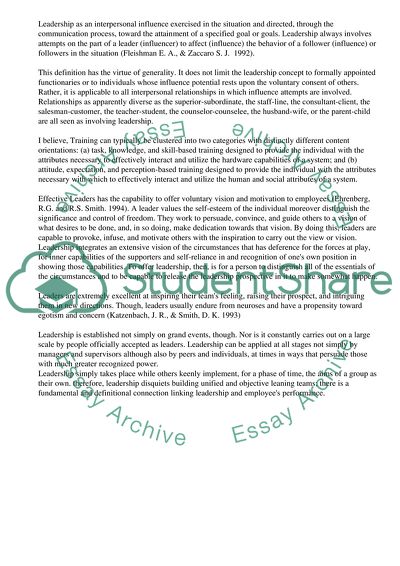Cite this document
(Leading and Training a Team Assignment Example | Topics and Well Written Essays - 2250 words, n.d.)
Leading and Training a Team Assignment Example | Topics and Well Written Essays - 2250 words. Retrieved from https://studentshare.org/management/1503301-leading-and-training-a-team
Leading and Training a Team Assignment Example | Topics and Well Written Essays - 2250 words. Retrieved from https://studentshare.org/management/1503301-leading-and-training-a-team
(Leading and Training a Team Assignment Example | Topics and Well Written Essays - 2250 Words)
Leading and Training a Team Assignment Example | Topics and Well Written Essays - 2250 Words. https://studentshare.org/management/1503301-leading-and-training-a-team.
Leading and Training a Team Assignment Example | Topics and Well Written Essays - 2250 Words. https://studentshare.org/management/1503301-leading-and-training-a-team.
“Leading and Training a Team Assignment Example | Topics and Well Written Essays - 2250 Words”, n.d. https://studentshare.org/management/1503301-leading-and-training-a-team.


